“It depends from municipality to municipality, because it is the municipalities that choose that same date. I know that most municipalities chose Saturday, 12 June, for the start of the bathing season”, said the Minister of Environment and Climate Action, João Matos Fernandes.
The theme of the bathing season came up after the CDS-PP deputy Pedro Morais Soares, questioned the minister about the start date and when the diploma on the rules of the Directorate-General for Health for the beaches is expected to be issued.
Regarding the rules of access and occupation of beaches, the Minister of the Environment said that the decree-law was approved on Thursday in the Council of Minister and has yet to be promulgated by the President of the Republic, so that it can be published in the Diário da República.
“We believe that because the rules are so similar to those last year, that there is no reason why the law should not be [enacted] and will be published soon,” said João Matos Fernandes.
Last week the Government approved the rules for access and occupation of beaches during the bathing season, with changes compared to last year in terms of sports activities on the beach and the use of leisure equipment.
In a press conference at the end of the Council of Ministers, the Minister of the Presidency revealed that the rules applied in the bathing season of 2020 are maintained to a large extent due to the pandemic of the covid-19, with the exception of those related to sports activities on the beach or the use of some leisure equipment on the beaches”.
“The remaining measures, such as the need to use a mask to access cafes or restaurants and bathrooms, and no need to use a mask on the beach remain,” said Mariana Vieira da Silva, without specifying the changes to be made this year.
Last year it was determined that beach users should ensure a physical distance of 1.5 metres between different groups and a distance of three metres between parasols.
The use of the sandy beaches was prohibited for “sports activities with two or more people, except nautical activities, surf lessons and similar sports”.
A “traffic light type” was also installed, in which the colour green indicated low occupancy (1/3), yellow high occupancy (2/3) and red full occupancy (3/3).














Don't fix what's not broken. Last summer's rules were just fine, and thousands enjoyed the beaches up and down the Algarve.
The science on outdoor transmission is settled. There is next to no chance to "catch" a virus when being outside, especially not when in motion. In fact, the past few months have taught us, that authorities aren't even sure how this virus is being transmitted. Similar to dreadful hospital viruses, which even the best cleaning crews don't seem to be able to decontaminate of.
Besides, the iodine in the coastal air is a proven natural cleanser and purifier of airborne pathogens. Especially on the beaches, at the surf or while swimming in the ocean!
Enjoy another great summer everyone!
By Paula from Algarve on 14 May 2021, 14:15
I came to Portugal last August & thought the rules for mask wearing going in & out of restaurants was good .But it makes ABSOLUTELY No sense to wear a mask on the beach in the open Air .. Scientists around the WORLD agreed its virtually impossible to catch COVID in the open Air .Please Portugal Don’t put this rule in place , one of the greatest pleasures in life is to walk freely on the beach No shoes & NO MASK ???? ????????????
By Marie Musa from UK on 18 May 2021, 15:38